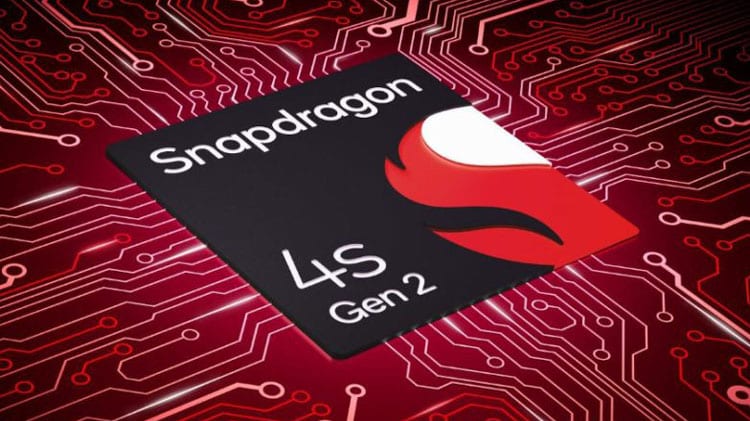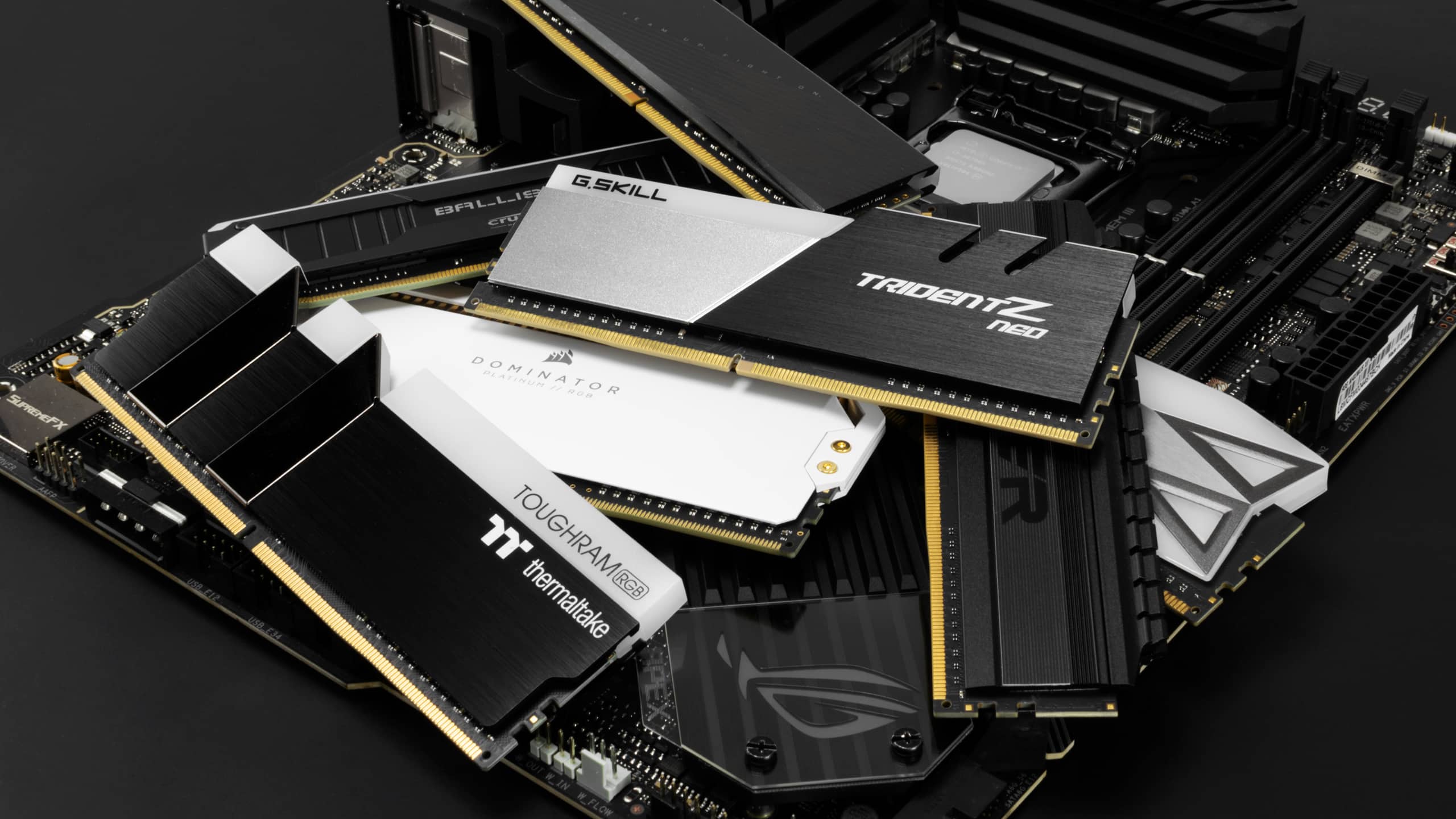Sources: gsmarena, theregister
Qualcomm announced its new Snapdragon 4s Gen 2 chipset (SM4635) in India. This is not a successor to last year’s Snapdragon 4 Gen 2 but a more affordable 5G chipset fabbed on a 4nm process, which aims at upcoming budget smartphones to more users in select regions.
Qualcomm has been pushing high-end smartphone platforms lately, but its latest release targets the budget segment. It aims to deliver Gigabit 5G connectivity to sub-$100 handsets. One vendor already committed to the platform is the Chinese brand Xiaomi, the third largest smartphone maker in the world after Samsung and Apple. Its first device is expected before the end of 2024.
The Kryo octa-core CPU includes two performance cores at 2.0 GHz and six performance cores at a frequency of up to 1.8 GHz. It has an unspecified Adreno GPU with hardware-accelerated H.265 and VP9 decoding. The 4s Gen 2 supports speeds of up to 1Gbps over standalone sub-6 GHz 5G, though it doesn’t include the faster mmWave 5G. It can handle bandwidth up to 100 MHz (2×2 MIMO) and is backward compatible with most older network types. It likewise supports Wi-Fi 5 and Bluetooth 5.1. In graphics, the new chipset’s Adreno GPU is capable of FHD+ output at up to 90 fps, while the camera function supports up to 84 MP single-shot capture and features dual 12-bit image signal processors. However, the chips and telecoms company likes to claim that it brings premium features even to its lower-tier platforms. This case points to dual-band navIC for better position accuracy, AI-enhanced audio, and entertainment experiences like smoother gameplay.
That navy capability is an Indian-specific satnav system, which shows where Qualcomm expects many handsets based on Snapdragon 4s Gen 2 to sell. It needs to be clarified where else the devices might find their way, but budget smartphones are also popular in many Western markets for those who balk at the $1,000-plus price tag of many high-end devices.
Earlier this month, Qualcomm filed a patent infringement lawsuit in India against another Chinese smartphone maker, Transsion, which sells phones primarily in African markets.





